Home>Ideas and Tips>How To Design A Feng Shui Living Room
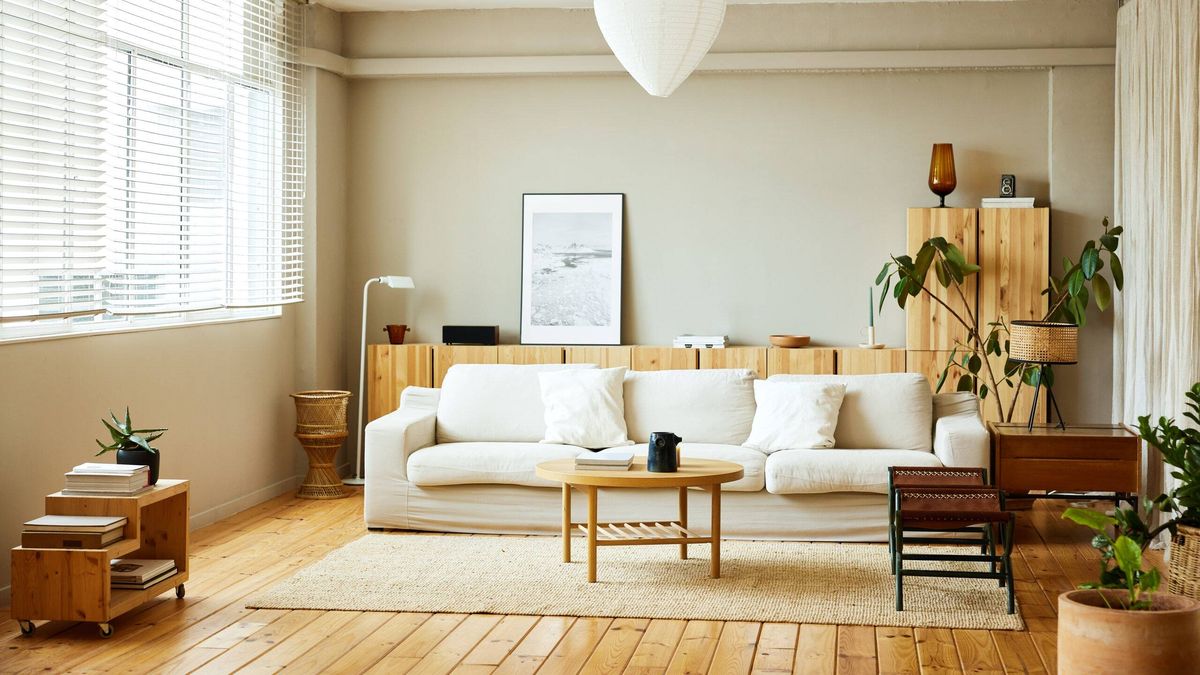

Ideas and Tips
How To Design A Feng Shui Living Room
Published: September 5, 2024
Create a balanced and harmonious living space with our guide on Feng Shui living room design. Learn key principles and practical tips for positive energy flow.
(Many of the links in this article redirect to a specific reviewed product. Your purchase of these products through affiliate links helps to generate commission for Storables.com, at no extra cost. Learn more)
In the heart of every home, there lies a space that serves as both sanctuary and gathering place: the living room. It is here that we unwind, connect with loved ones, and create lasting memories. However, the energy within this space can significantly impact our well-being and the harmony of our home. Feng Shui, an ancient Chinese philosophy that emphasizes the balance and harmony of energy in a given space, offers valuable insights into designing a living room that fosters positivity and tranquility. In this article, we will delve into the principles of Feng Shui and provide a comprehensive guide on how to design a Feng Shui living room.
Understanding Feng Shui
Feng Shui is rooted in the concept of chi, or life energy. The goal is to create an environment where chi flows smoothly and positively, contributing to a balanced and harmonious living space. This ancient practice involves understanding the five elements—wood, fire, earth, metal, and water—and how they interact within a space to create a harmonious environment.
The Five Elements
Each element has its own unique properties and energies:
- Wood: Represents growth and renewal. It can be introduced through plants, green colors, and wooden furniture.
- Fire: Symbolizes energy and passion. It can be represented by red colors, candles, and fireplaces.
- Earth: Grounds and stabilizes the space. Earth tones, rectangular rugs, and decorative stones are examples.
- Metal: Adds clarity and precision. It can be introduced through metallic details like furniture hardware and light fixtures.
- Water: Represents flow and change. It can be represented by flowing shapes, black colors, and water features.
Yin and Yang
Feng Shui also emphasizes the balance between Yin and Yang energies. Yin represents calmness, receptivity, and stillness, while Yang represents activity, creativity, and movement. A balanced space should incorporate both Yin and Yang elements to create harmony.
Key Principles for a Feng Shui Living Room
1. Command Position
The command position is a fundamental principle in Feng Shui that emphasizes creating a sense of security and control within a space. This involves strategically placing key pieces of furniture, especially the sofa, to optimize the flow of energy and promote a harmonious atmosphere.
In the context of the living room, the command position involves placing the sofa facing the main entrance of your home but not directly in line with it. This allows you to see the door without feeling directly exposed. You can achieve this by angling the sofa or placing it against a wall with a diagonal view of the door.
2. Furniture Arrangement
Furniture arrangement is crucial in creating a harmonious and balanced living space. Here are some tips:
-
Seating Arrangement: Position your main seating area in a way that encourages face-to-face interaction and a sense of connection. The arrangement of sofas and chairs should invite social engagement while also considering comfort and the overall flow of energy.
-
Clear Pathways: Ensure there are clear and unobstructed pathways in the living room to allow energy to circulate freely throughout the space. Avoid placing furniture in a way that creates obstacles or disrupts the natural flow of movement.
-
Coffee Table: Place the coffee table in front of the sofa. This is where Qi gathers, giving those sitting on the couches something in common, which makes them feel at ease and promotes conversation.
3. Clutter-Free Environment
Clutter is a significant obstacle to achieving good Feng Shui. It can create stagnant energy and make the space feel overwhelmed visually and physically. Here are some tips to maintain a clutter-free environment:
-
Declutter Regularly: Regularly go through your living room and remove any unnecessary objects. Keep only items that hold sentimental value or bring joy to your life.
-
Organize Furniture: Ensure that furniture is arranged in a way that promotes ease of movement and enhances the practical aspects of daily living. Avoid blocking doorways or windows with furniture.
4. Incorporate the Five Elements
To achieve balance in your living room, incorporate all five elements:
-
Wood Element: Introduce wood through live plants, green colors, or wooden furniture. This element invites growth and healing.
-
Fire Element: Use red colors, candles, or fireplaces to add energy and passion to your space.
-
Earth Element: Bring in earth tones or a rectangular rug to ground the space and provide stability.
-
Metal Element: Incorporate metallic details like furniture hardware and light fixtures to add clarity and precision.
-
Water Element: Represent water through flowing shapes or black colors. This element promotes flow and change.
5. Use Energizing Colors
Colors play a significant role in Feng Shui as they can either enhance or disrupt the energy in a space. Here are some recommended colors for a living room:
-
Blues and Greens: These colors are ideal for the living room as they foster conversation, liveliness, and person-to-person interaction. They also represent rejuvenation.
-
Earth Tones: Earth tones like beige, brown, and gray can help balance the space by grounding it.
-
Avoid Overuse of White: While white is a clean color, too much of it can make the space feel too Yang (active). Balance it with darker or more colorful accents mixed with rounded, tactile items.
6. Add Plants
Plants are not only aesthetically pleasing but also bring natural life and energy into a room. Here are some tips for adding plants:
-
Choose the Right Plants: Select plants that are easy to care for and provide enough light, space, water, and TLC. Silk plants can also be used if they look real and make you happy.
-
Placement: Place plants in corners or around the coffee table to bring energy to those areas and create a sense of balance.
7. Embrace Light
Lighting is essential for creating a welcoming and harmonious space. Here are some tips for using light effectively:
-
Natural Light: Prefer natural light to boost and attract positive energy. Open windows for at least nine minutes to clear out old and stale energy.
-
Floor Lamps and Table Lamps: Use floor lamps and table lamps as alternative sources of light. Ensure that there are at least three sources of light varying in height and placement to adapt to different moods and times of day.
8. Avoid Sharp Edges
Sharp edges can disrupt the smooth flow of chi in a space. Here are some tips to avoid sharp edges:
-
Avoid High Tables and Cabinets: High tables or cabinets with pointed edges can create harsh or negative energy. Opt for rounded furniture pieces instead.
-
Use Rounded Shapes: Incorporate rounded shapes in your furniture arrangement to soften the space and promote harmonious energy flow.
Practical Tips for Arranging Your Living Room
Read more: Mystic Makeover Feng Shui For Modern Homes
1. Place the Largest Couch Against a Solid Wall
The largest couch should be placed with its back against a solid wall to provide protection and support. Ideally, you should be able to see the entrance to the room from this spot. If you have an open floor plan, consider placing a console table behind the couch with taller objects on top to represent a solid wall.
2. Arrange Smaller Couches Around the Coffee Table
Smaller couches or chairs should be placed around the coffee table to form an octagonal shape. This arrangement encourages conversation and interaction while maintaining a comfortable seating arrangement.
3. Use Side Tables, Pot Plants, or Lamps in Corners
Side tables, pot plants, or lamps can be placed in corners to bring energy to those areas. This helps in balancing the space by distributing energy evenly throughout the room.
Conclusion
Designing a Feng Shui living room is not just about arranging furniture; it's about creating an environment that fosters balance, harmony, and positive energy. By embracing the principles of Feng Shui—such as the command position, clutter-free environment, incorporation of the five elements, use of energizing colors, addition of plants, and effective lighting—you can transform your living room into a sanctuary that promotes well-being and connection. Remember to avoid sharp edges and ensure that your space is well-balanced with both Yin and Yang energies. With these tips, you'll be well on your way to creating a harmonious and inviting living room that enhances your quality of life.
By following these guidelines, you can create a living room that not only looks beautiful but also feels balanced and harmonious. Whether you're looking to enhance the energy in your home or simply improve the aesthetic appeal of your living space, Feng Shui offers practical and timeless advice that can be applied to any design project. So take the first step towards creating a Feng Shui living room today
Was this page helpful?
At Storables.com, we guarantee accurate and reliable information. Our content, validated by Expert Board Contributors, is crafted following stringent Editorial Policies. We're committed to providing you with well-researched, expert-backed insights for all your informational needs.
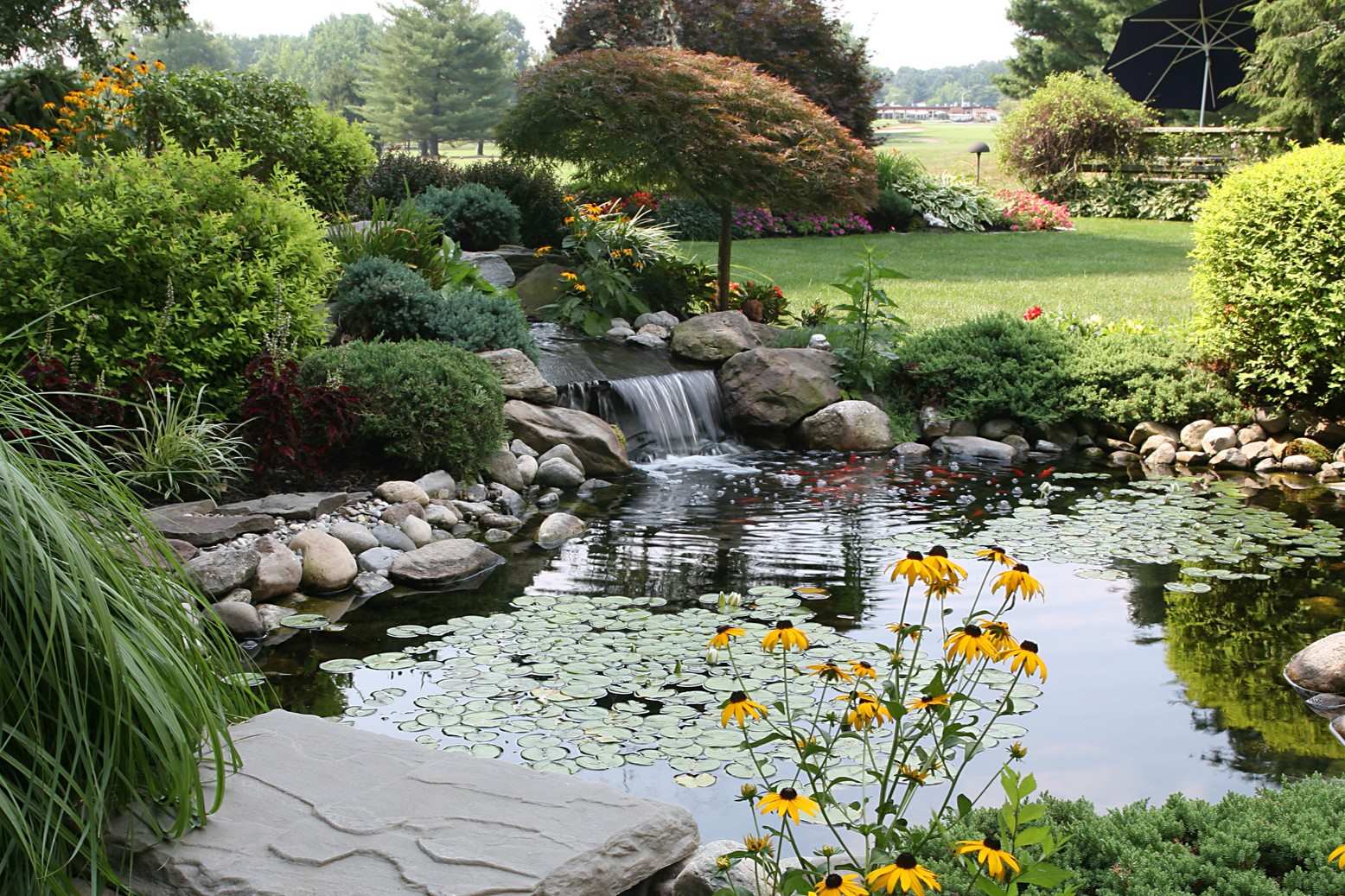
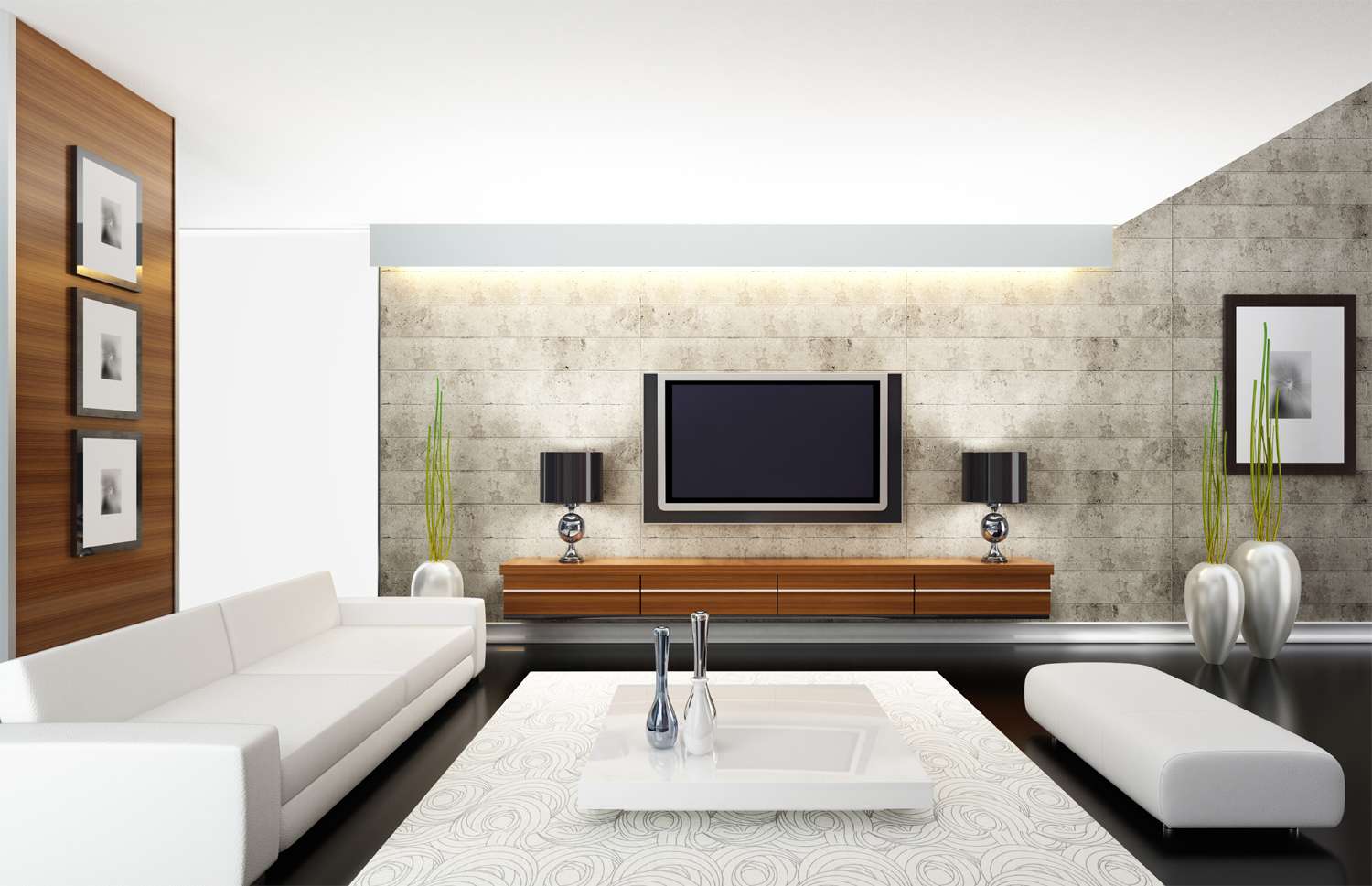
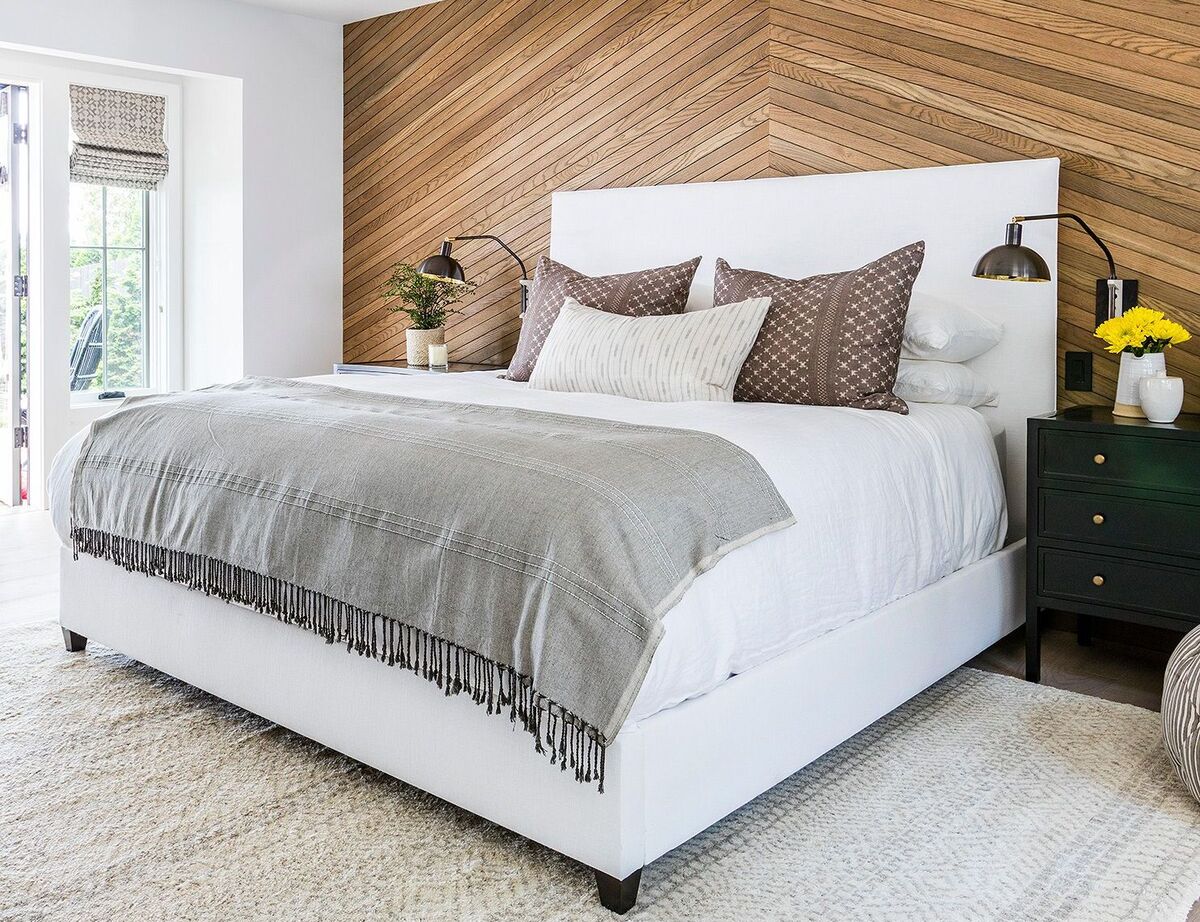
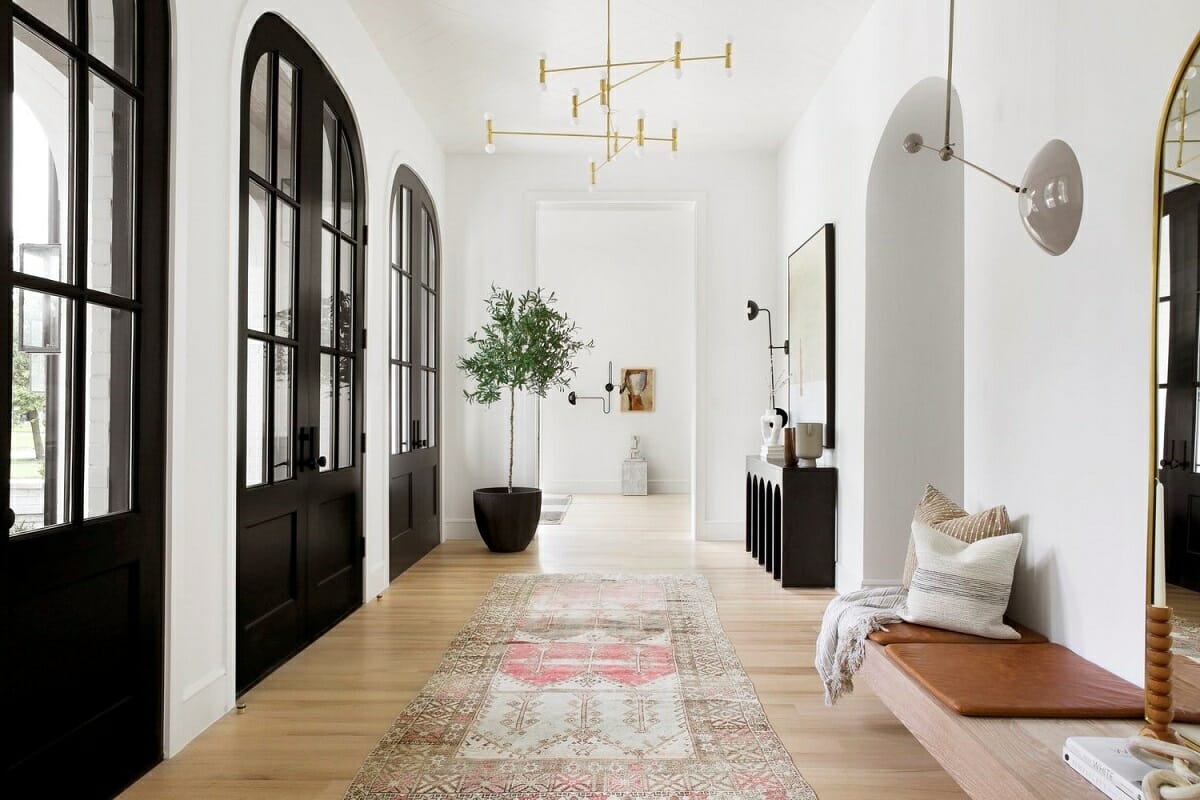
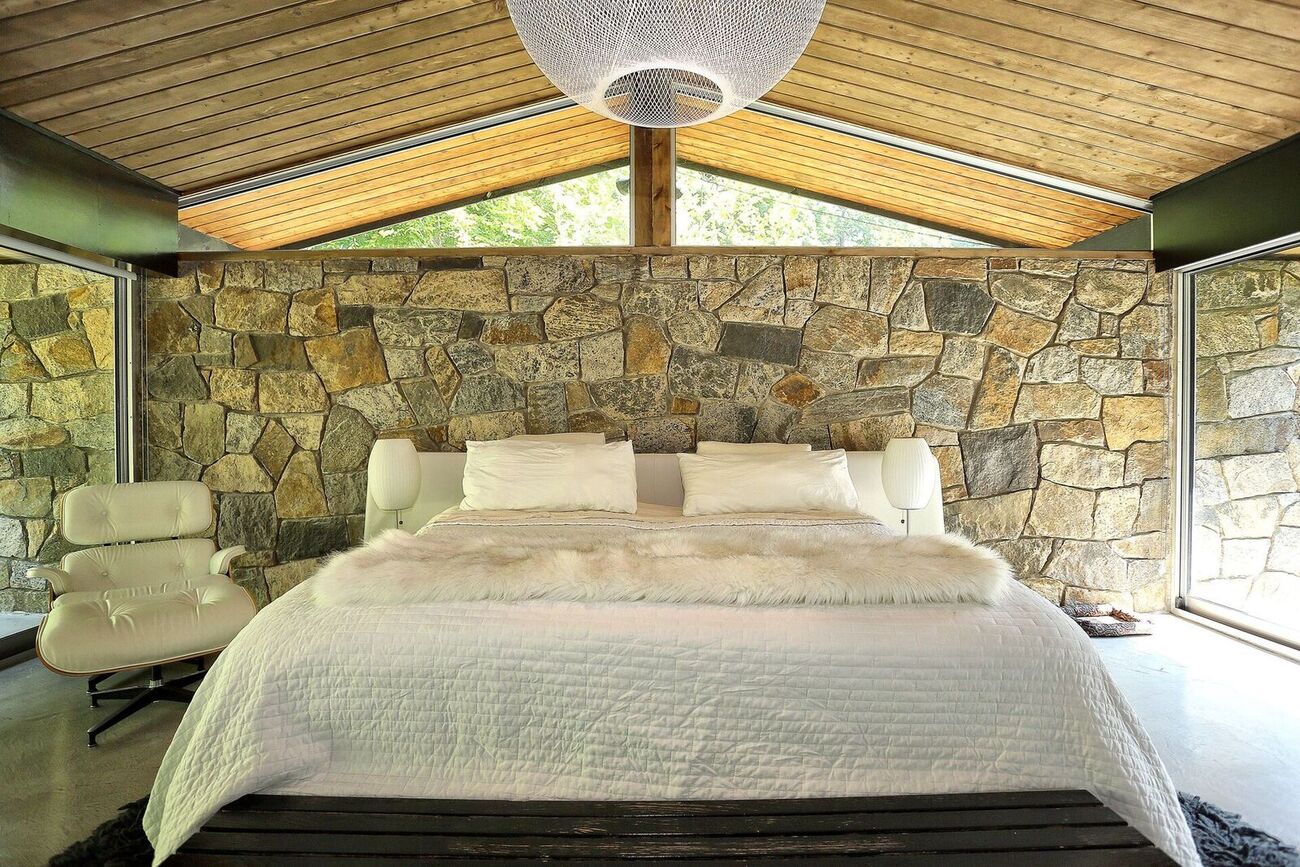
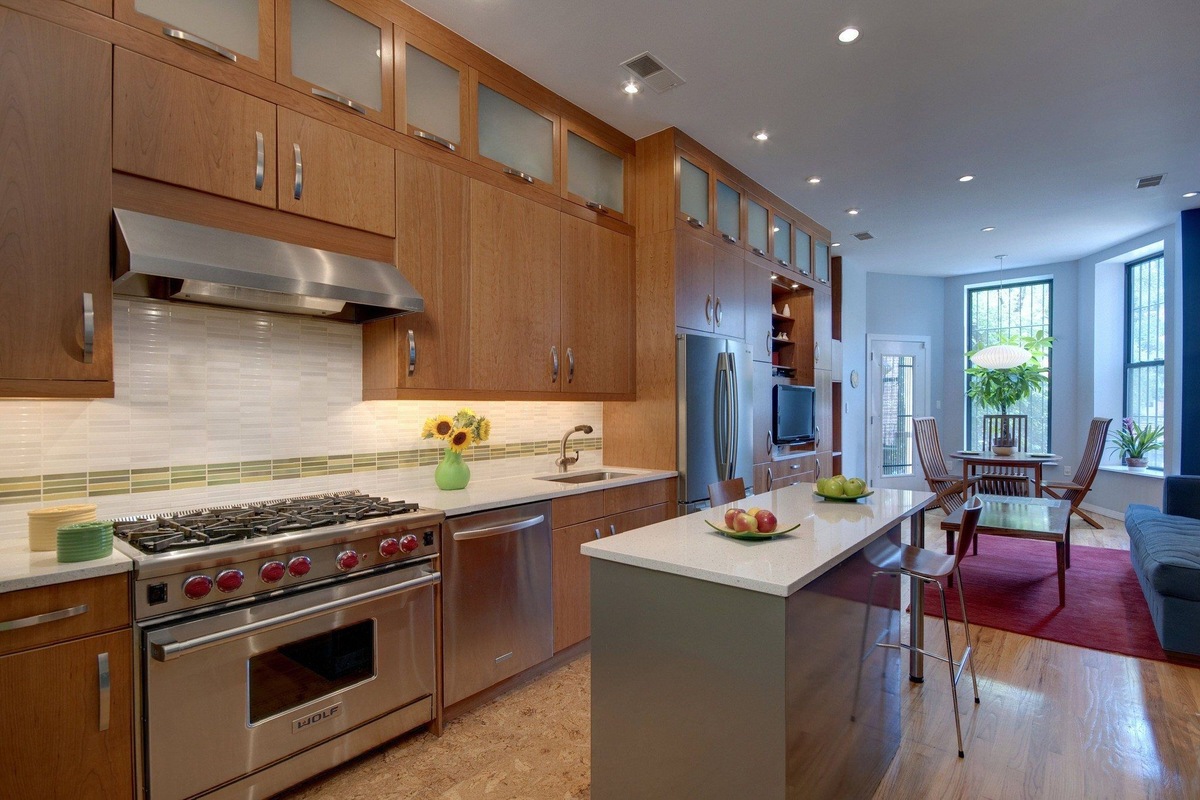

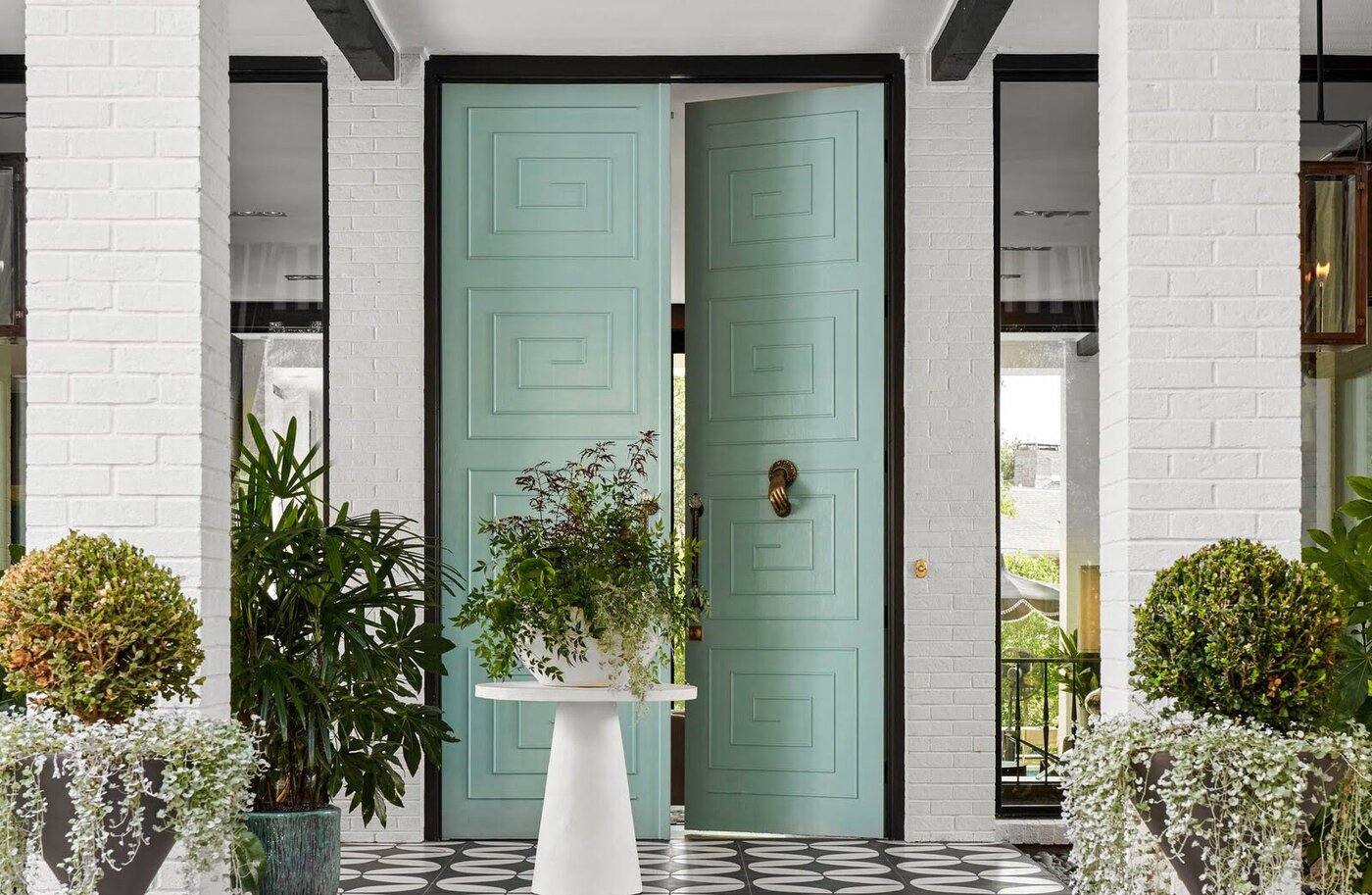
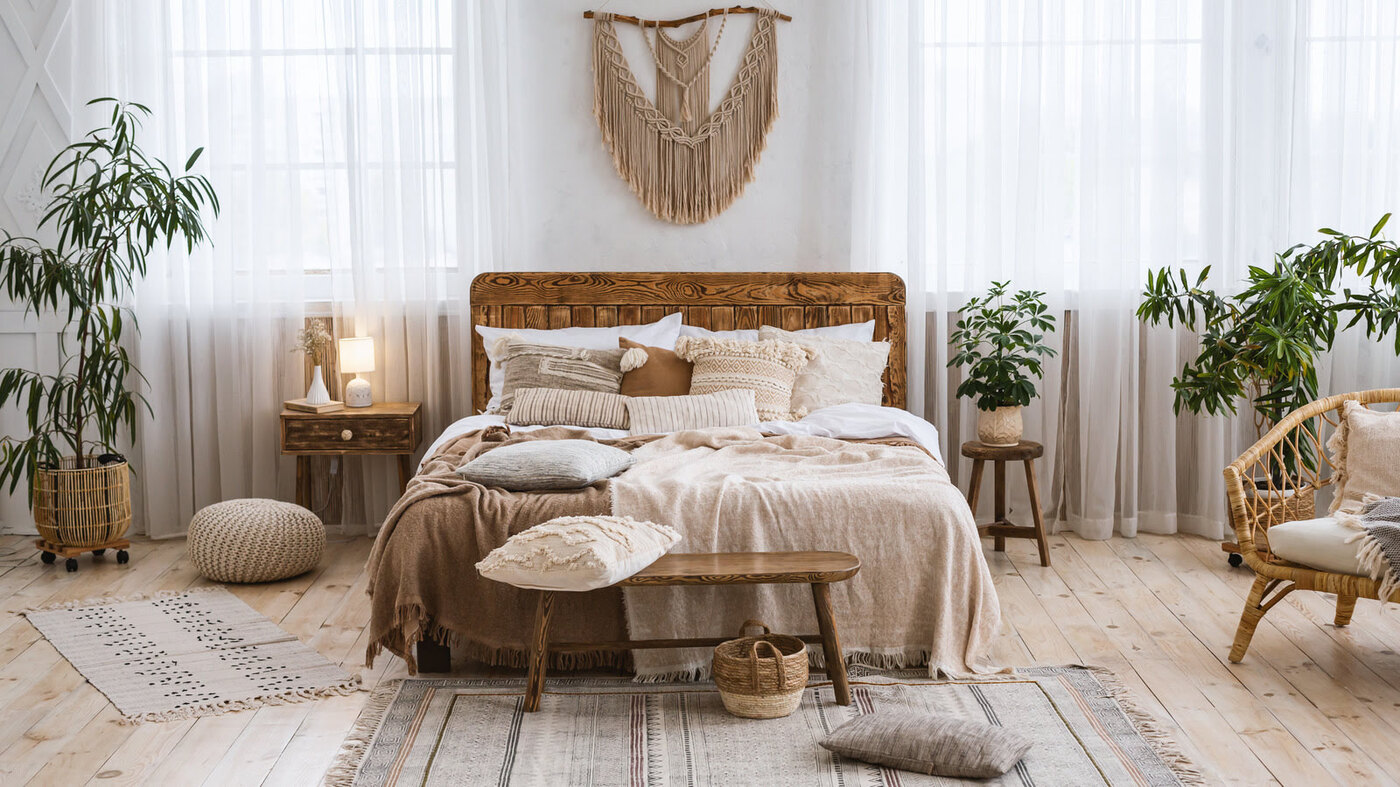
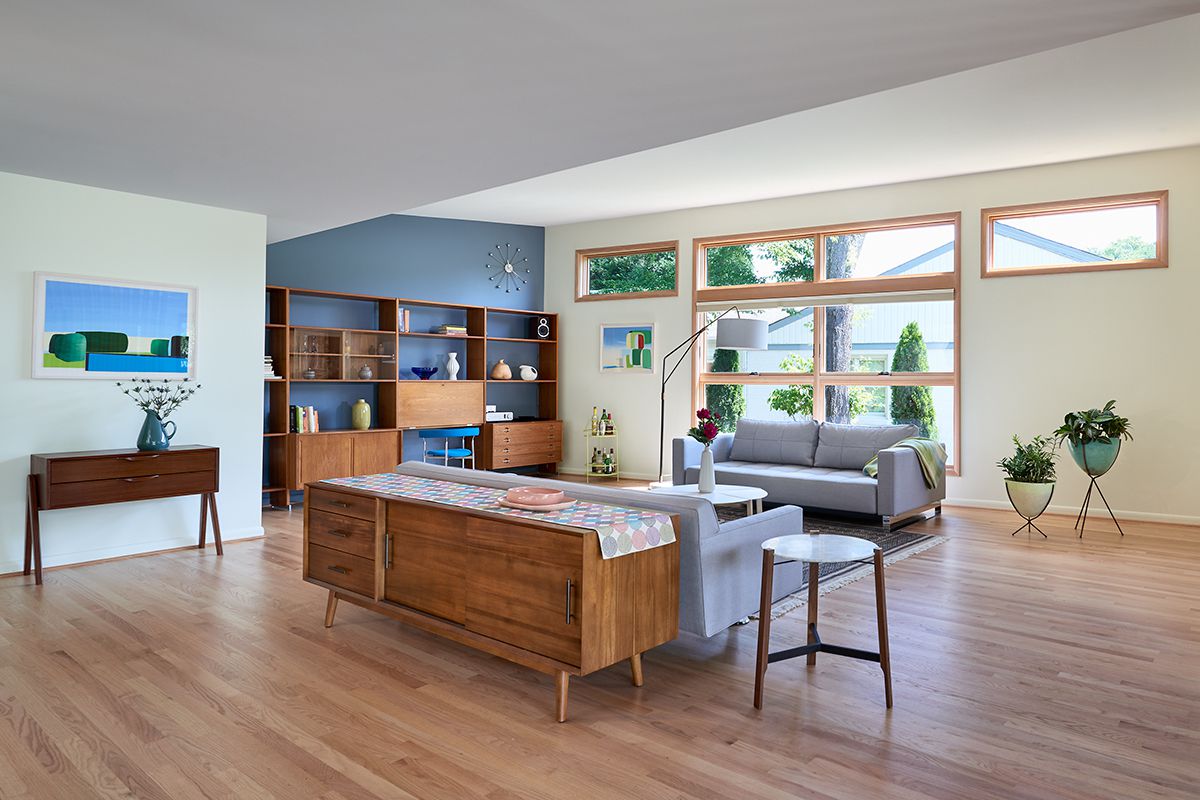
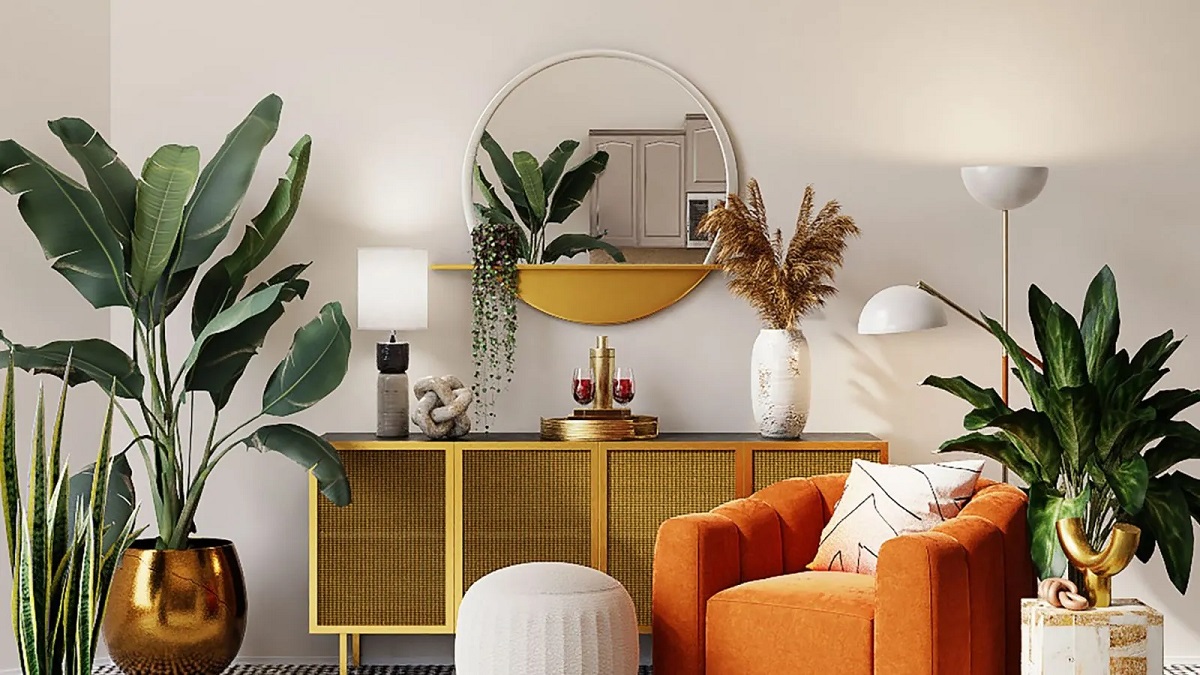
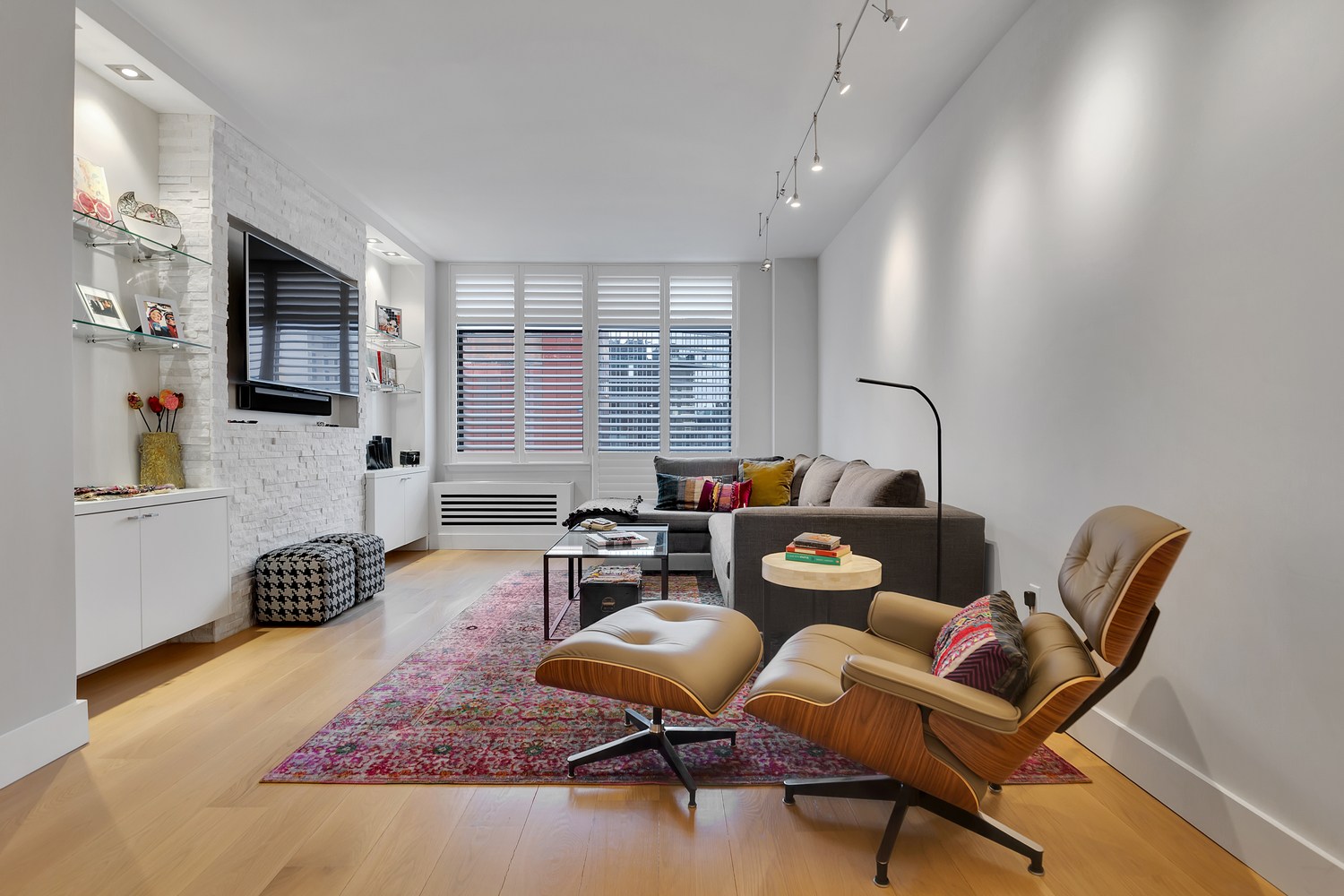

0 thoughts on “How To Design A Feng Shui Living Room”